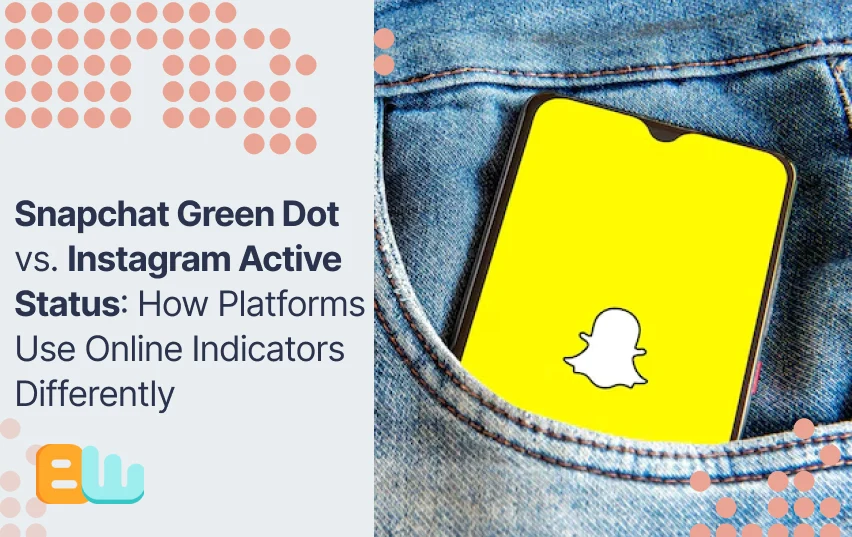
Social media is part of our everyday lives in today’s connected world. It changes how we talk to each other and see the world. As social media use grows, platforms find new ways to improve social networking. This blog will look at how Snapchat and Instagram use online signs. We will see how these signs affect user experience, privacy, and marketing.
Understanding Online Indicators
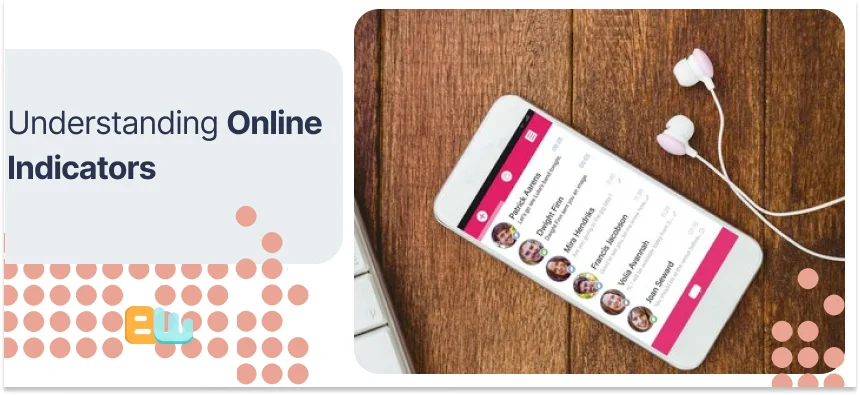
Online indicators in social media show if a user is available. They can be a simple colored dot or a more detailed note saying when the user was last active. These small details matter a lot. They create a feeling of being present online. This sense of presence affects how users interact. It helps people decide whether to start a conversation or share something.
The Role of Online Status in Social Media
Online status indicators are not just technical tools but also social signs. They change how we see and act on social media. For example, when we spot a friend’s green dot on Snapchat or see their “Active Now” status on Instagram, it shows they are present online. This makes them feel closer and easier to reach out to.
Past studies about social networking point out how important these indicators are. They help build social capital, allowing users to grow and keep their connections. Knowing that we can view others in real-time strengthens our relationships. It also encourages people to interact more, making social media richer and more enjoyable.
Evolution of Online Indicators: From AIM to Snapchat and Instagram
Online status indicators have been introduced previously. It started with early social networking sites like AOL Instant Messenger (AIM), where the “Away Message” was very popular. This simple tool lets users show when they are available, giving a hint about their online activities, even when they aren’t chatting.
In today’s social networking world, platforms like Snapchat and Instagram have improved these indicators. They are now more flexible and fit better into how users interact. Previous studies have looked at how these features change how people communicate and behave online.
Snapchat’s Green Dot Feature Explained

Snapchat’s Green Dot is a good example of a live online signal. It shows users when a friend is active on the app. This feature may seem simple, but it greatly affects how users behave and what they expect while using Snapchat. The Green Dot’s presence or absence usually decides how quickly and in what way people interact on the platform.
How Does the Green Dot Work on Snapchat?
The Green Dot on Snapchat appears next to a user’s profile picture or name in the Chat section when the app is open and being used. Unlike other platforms that might just say a user is “online,” the Green Dot means they are using Snapchat right now.
This feature improves social media use by encouraging quick chats and interactions. People may want to send a Snap or chat when they see someone available. However, for some users, the Green Dot can cause pressure to reply right away. This adds to the constant engagement culture that so many people feel on social media.
User Experience with Snapchat’s Online Indicator
When you use Snapchat, you will see the Green Dot. This dot shows up next to a user’s profile picture and means that the user is currently online. The Green Dot lets you know when someone is active on the app, making it simple to interact with them in real time. You can have quicker conversations, which improves how people connect on Snapchat. The Green Dot is a good tool for users to engage better and communicate efficiently.
Instagram’s Active Status Feature
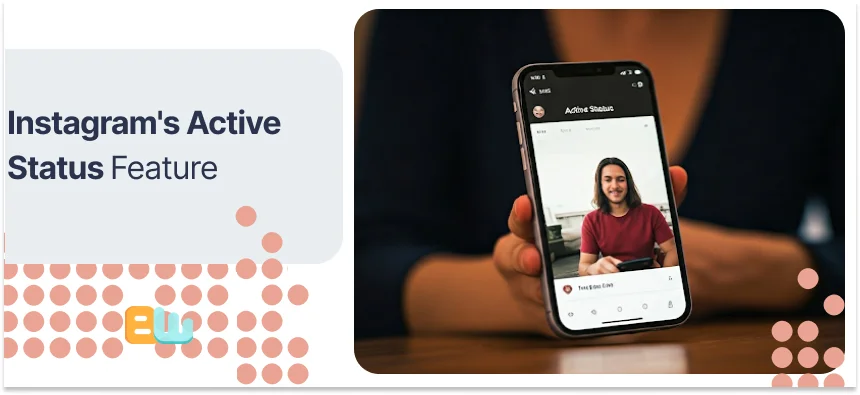
Instagram’s active status feature shows when users are online, helping people connect quickly. Knowing how this feature works is important for social interactions on Instagram. Users can change their visibility settings, allowing them to control how connected they feel while keeping some privacy.
If you look at Instagram and Snapchat, you can see they use online indicators in different ways to keep users engaged. Instagram’s active status feature has a big impact on marketing. It allows businesses to target users based on their activity, which will change how social media marketing is done in the future.
Understanding Active Status on Instagram
Instagram’s active status feature shows when a user is online or was recently active. This little tool helps you interact quickly with people who are online. Knowing about this feature is important for good communication. It helps you respond better based on when someone is available. You can choose the best times to reach out or start a chat by seeing who is active in your network.
Customizing Your Visibility on Instagram
You can use Instagram’s different privacy settings to manage who sees your online status. You can set your active status so that everyone, just those you follow or no one, can see it. This helps you keep the social presence you want. Also, Instagram lets you hide your active status, but you can still see if others are online. This control improves your experience, allowing you to interact with the app more freely. Adjusting who can see your status on Instagram helps create a more personal social media experience.
Privacy Concerns with Online Indicators
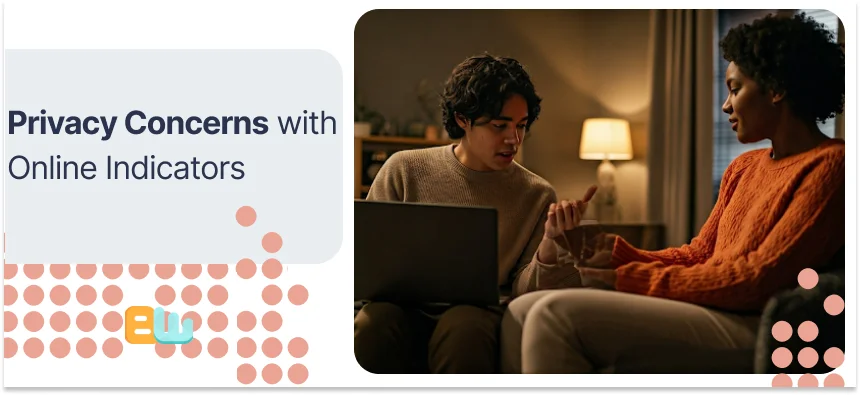
Balancing connection and privacy on social media is tricky. People often think about the trade-off between staying in touch and protecting their privacy. Features like Snapchat’s Green Dot and Instagram’s Active Status raise worries about accidentally sharing when they are online. Many users want to manage who can see their online status so they can handle their interactions better. These online features can greatly affect personal privacy and change the way people manage their social relationships online.
Balancing Connectivity and Privacy
As social media platforms change, it is essential to balance staying connected and protecting privacy. For users, being able to connect while also keeping personal information safe matters a lot. Research in NLP looks at how using social media relates to these ideas. Maintaining privacy can improve well-being, especially for young adults. It is essential to know what it means to share personal data on social networking sites in today’s digital world.
User Control Over Online Status Visibility

Users want to have control over their online presence, especially about what others can see. Many social media platforms, like Instagram, allow people to change their active status display. This option helps users decide who can view their online status, giving them more privacy. When platforms let users adjust their visibility settings, they show they understand the importance of online personal boundaries.
The Impact of Online Indicators on Personal Privacy
Online indicators on social media, like Snapchat and Instagram, can greatly affect personal privacy. Features that show active status share real-time info about when users are online. This can make users feel pressured to always be available, raising worries about their privacy. When someone’s online status is visible, it can unintentionally reveal personal details. This impacts how people shape their online image and interact with others.
Marketing Implications of Online Status Features

Engaging users with online indicators is important for marketing. When platforms use active status features, they can create marketing campaigns that target users based on their activity. Knowing how consumers behave with these indicators on social media helps brands engage better. The future of social media marketing will focus on using these status features to make content more personal and relevant. As platforms like Snapchat and Instagram change, brands must use these indicators to stay competitive in social media.
Engaging Users Through Online Indicators
To boost user engagement, social media platforms use online indicators. For example, Snapchat has a Green Dot, and Instagram shows an Active Status. These features let users see when others are online. This helps people feel more connected. When users know others are active, they can communicate instantly. Social media platforms aim to fit our social needs. This leads to more regular and meaningful interactions. It makes it easier for users to start chats, share things, and join in with the online community.
Targeted Marketing Based on User Activity
Using user activity data for focused marketing is an intelligent way for social media platforms to work. By looking at how users interact, what they like, and their habits, platforms like Snapchat and Instagram can customize ads for different groups of people. This data-focused method helps deliver content that feels personal, which makes users more interested and improves marketing success. Companies can use targeted marketing based on user activities to improve their advertising efforts. They can reach the right audiences more accurately, which raises the chances of getting customers.
Comparative Analysis
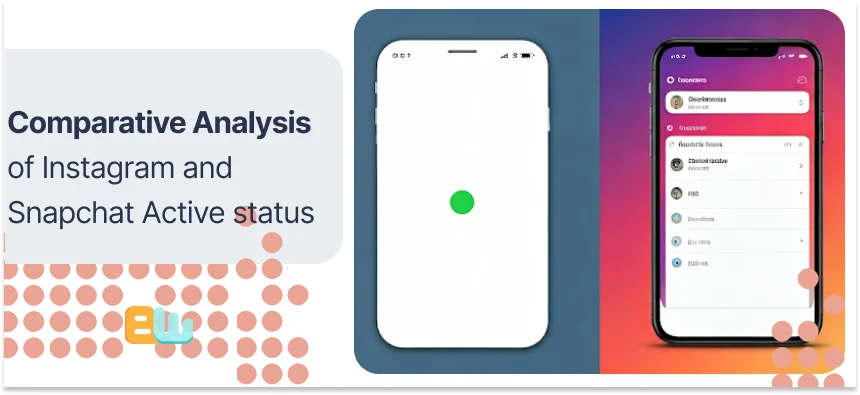
The pros and cons of Instagram and Snapchat’s status features are clear. Snapchat’s green dot is simple and shows when someone is online, but it does not provide much information about what users are doing. On the other hand, Instagram’s active status shows when users are online, which gives real-time updates but might affect privacy.
Snapchat focuses on keeping interactions private, while Instagram is more about active engagement. People have different preferences. Younger users often like Snapchat for casual chats, while they prefer Instagram for prettier posts.
To make users happy, both platforms need to find a way to balance user satisfaction with privacy issues. Improving user experience and building trust in a changing social media world is essential.
Pros and Cons of Snapchat’s Green Dot
One good thing about Snapchat’s green dot is that it shows when friends are online. This helps users connect better. But it can also make people feel they need to reply immediately. This pressure can limit how free they feel. The feature encourages people to stay engaged, but it can raise privacy issues since being visible all the time might feel overwhelming. Users like how clear and open it makes conversations, yet they may feel they always need to be online. Finding a balance between being connected and not being watched all the time is important for a good experience on the app.
Advantages and Disadvantages of Instagram’s Active Status
One good thing about Instagram’s active status feature is that it helps people connect in real time. This can make social interactions quicker and more alive. However, it can also push users to reply right away, which might cause stress. Plus, being seen as active all the time can take away some privacy and personal time. It can mix online and offline life. Finding a balance between being available and keeping some privacy is important when looking at how Instagram’s active status affects users.
User Preference: Snapchat vs. Instagram
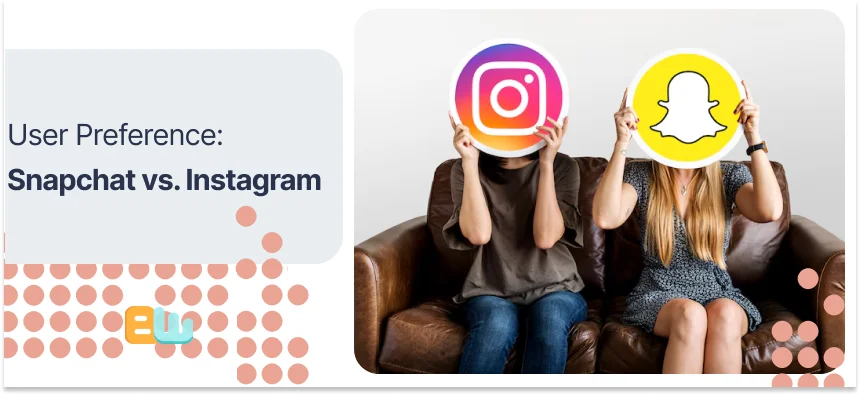
When looking at what people prefer between Snapchat and Instagram, it’s clear that social media use has its details. Snapchat shows a Green Dot for real-time chat, making it easy for people to connect right away. In contrast, Instagram’s Active Status encourages ongoing engagement and visibility with posts. Young people usually choose Snapchat because it allows for quick and honest interactions. On the other hand, Instagram offers a
Conclusion
In conclusion, comparing Snapchat’s Green Dot with Instagram’s Active Status shows how each platform uses online indicators in different ways. It affects user experiences, privacy, and even marketing. These features greatly influence social media use. It is important for both the creators of these platforms and the users to understand how these online indicators can shape how people behave and what they think. As social media grows, looking at the good and bad of these indicators can help improve user experiences and privacy on popular social networking sites.
